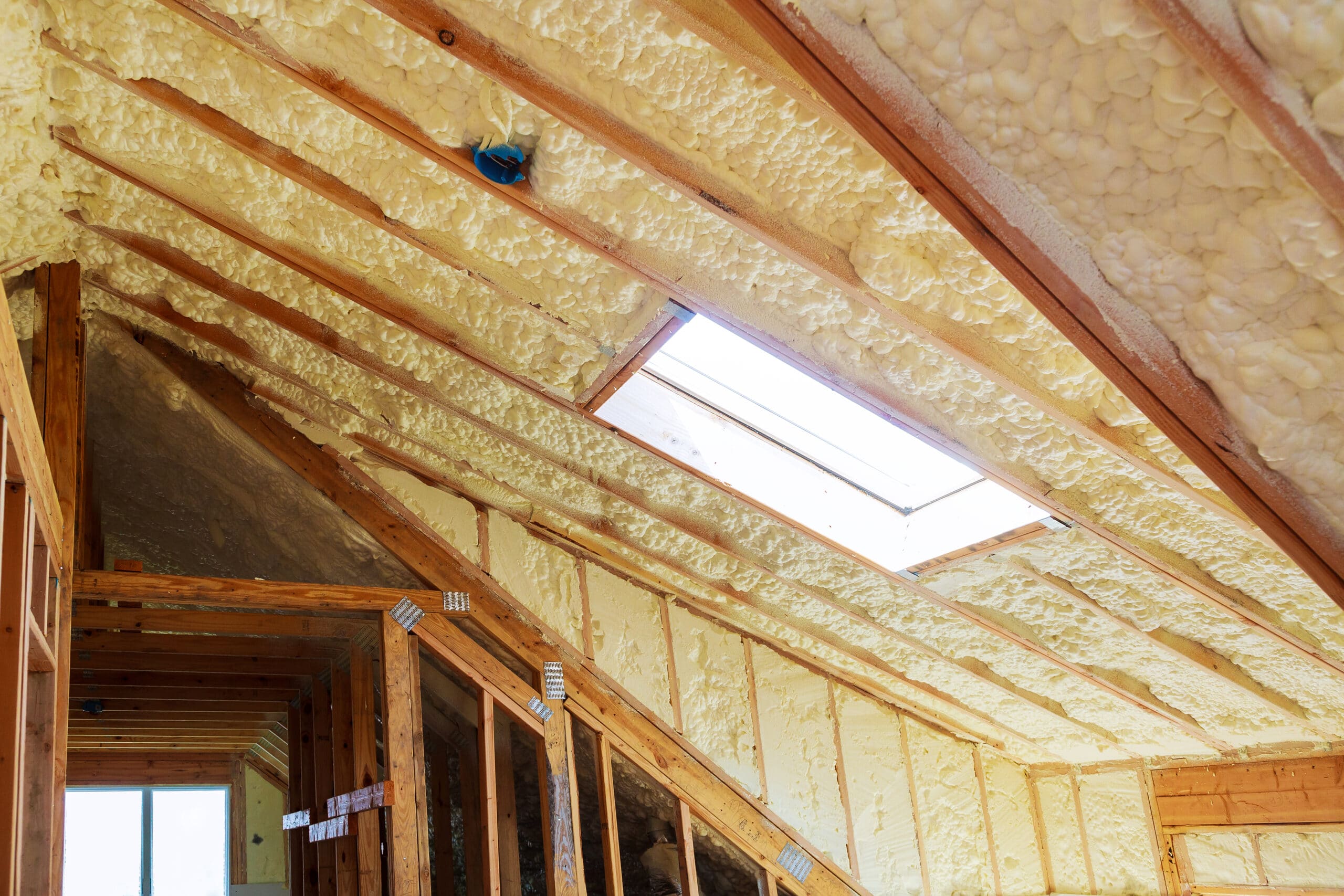In the new build market, comfort and energy savings are two main priorities for prospective homeowners. And one key factor that plays a pivotal role in meeting these demands is insulation R-value.
The 2018 International Energy Conservation Code (IECC) and 2020 Indiana Residential Code (IRC) set requirements for new construction home insulation R-value, and meeting these standards helps ensure you’re building efficient, comfortable, and cost-effective homes.
The basics of new construction home insulation R-values
Insulation R-value, or thermal resistance, measures how effective insulation material is at resisting the flow of heat. It quantifies the insulation’s ability to keep a home warm in winter and cool in summer.
The higher the R-value, the better the insulation’s performance. Achieving the right R-value in the right places during home construction is crucial for maintaining a comfortable indoor environment and minimizing energy consumption.
Why R-values matter
Inadequate insulation or R-values that are too low can cause many issues that result in homeowner complaints and warranty calls.
During winter, heat loss occurs, resulting in chilly drafts and higher heating bills. In summer, insufficient insulation allows heat to infiltrate the home, causing discomfort and increased cooling costs.
Proper insulation with the correct R-value isn’t just required by code — it’s crucial to homeowner happiness. It helps maintain consistent indoor temperatures, reduces energy usage, and saves both you and the future homeowners money over time.
New construction home insulation R-value requirements in Indiana
As per the 2018 IECC with amendments specified in the 2020 Indiana Residential Code, insulation R-value requirements for new construction homes in Indiana are designed to enhance energy efficiency.
These insulation requirements vary based on climate zones within the state. Northern Indiana (Zone 5) typically experiences harsher winters, and homes require higher R-values than those in Southern Indiana (Zone 4).
For example, wood frame walls require R-20 or R-13 + 5 in Zone 5, and R-15 in Zone 4. Ceilings in both zones generally require an R-value of 38. The code also sets requirements for crawl space walls, basement walls, and supply and return ducts.
Ensure energy code compliance with TSI Energy Solutions
Meeting the Indiana residential energy efficiency code means ensuring your new construction homes have the right insulation R-values in the right places. TSI Energy Solutions specializes in residential energy efficiency inspections, and we’re here to ensure your homes meet these standards.
From breaking down complex code language to making customized recommendations to help you meet code and manage costs, we work with your team to simplify code compliance. This not only guarantees compliance with local building codes but also ensures that future homeowners will enjoy comfortable living spaces that are energy-efficient year-round.
Insulation R-values are a critical factor in new construction homes. They significantly impact comfort and energy savings and are subject to specific requirements based on climate zones in Indiana.
Building with the right insulation R-values benefits you, the future homeowners, and the environment. It helps ensure you meet code from the start, offers lasting comfort for homeowners, and delivers cost savings over time.
For residential code compliance help, reach out to TSI Energy Solutions to find out how we can work together.

